Support groups and group therapy in VR offer immersion, privacy, and accessibility in ways video therapy cannot. Watch the video below to learn more about the benefits and experience of attending therapeutic group sessions in VR.
Learn more about Foretell Reality for support and therapy through this newly produced video and reach out today for a demo.


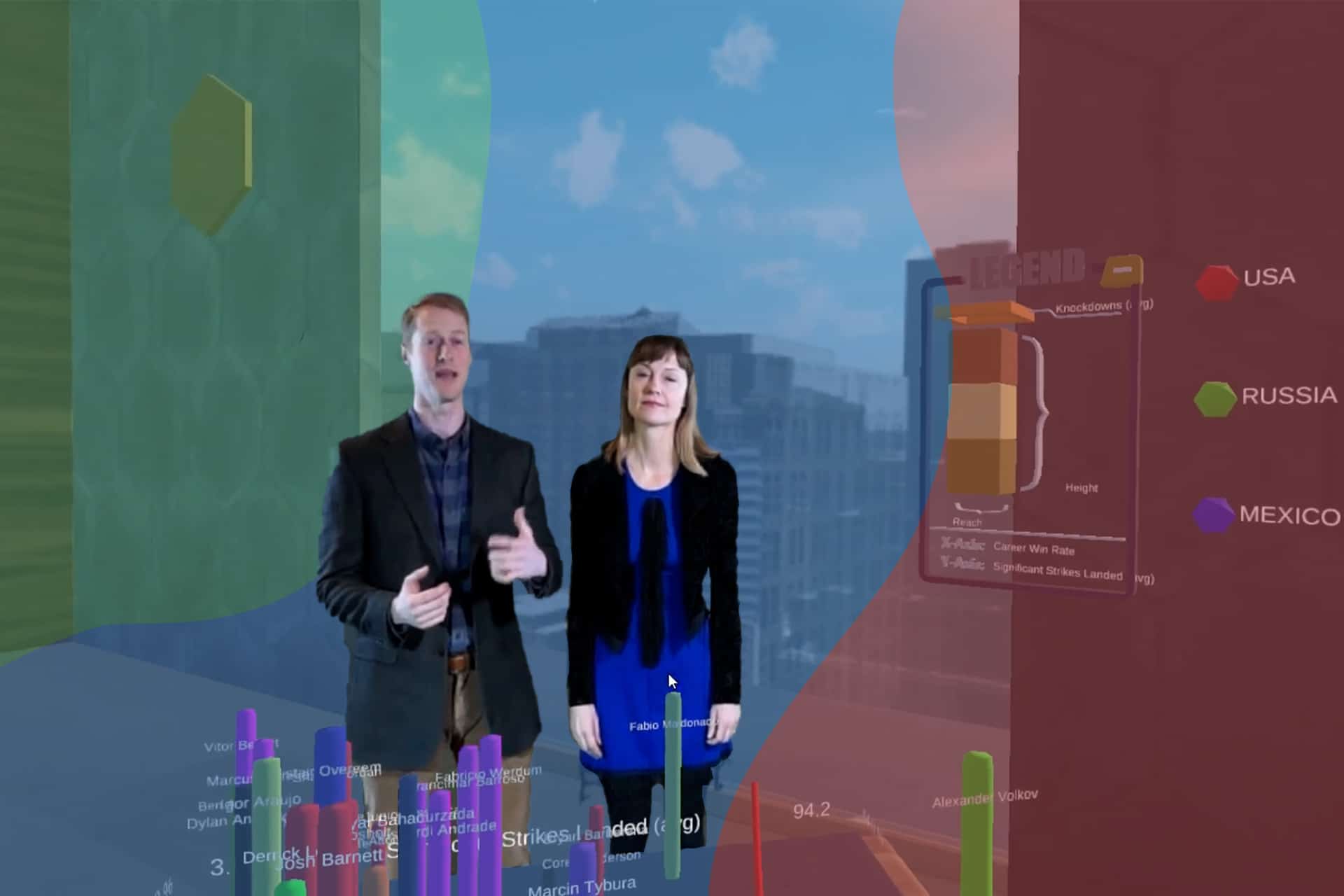



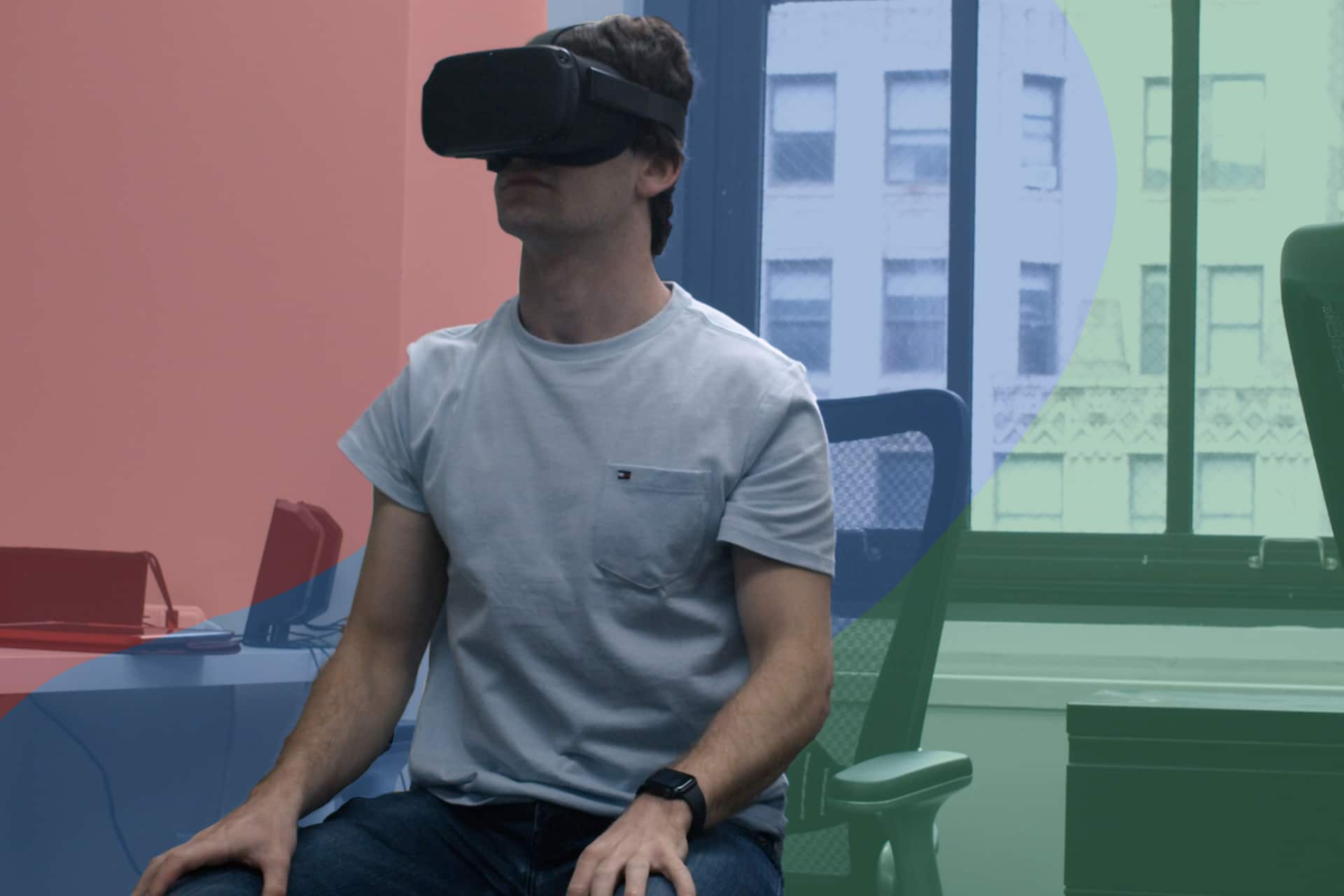

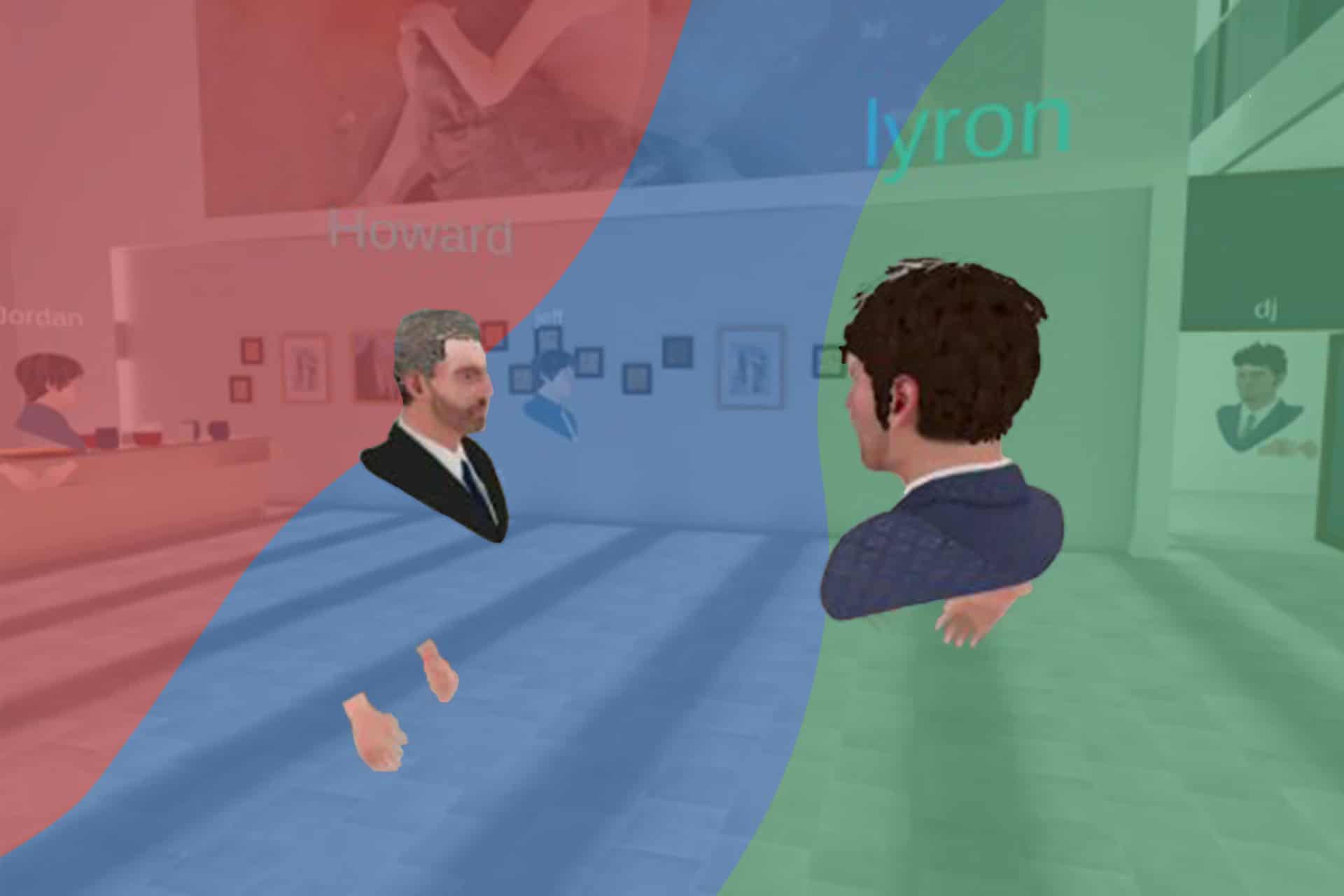

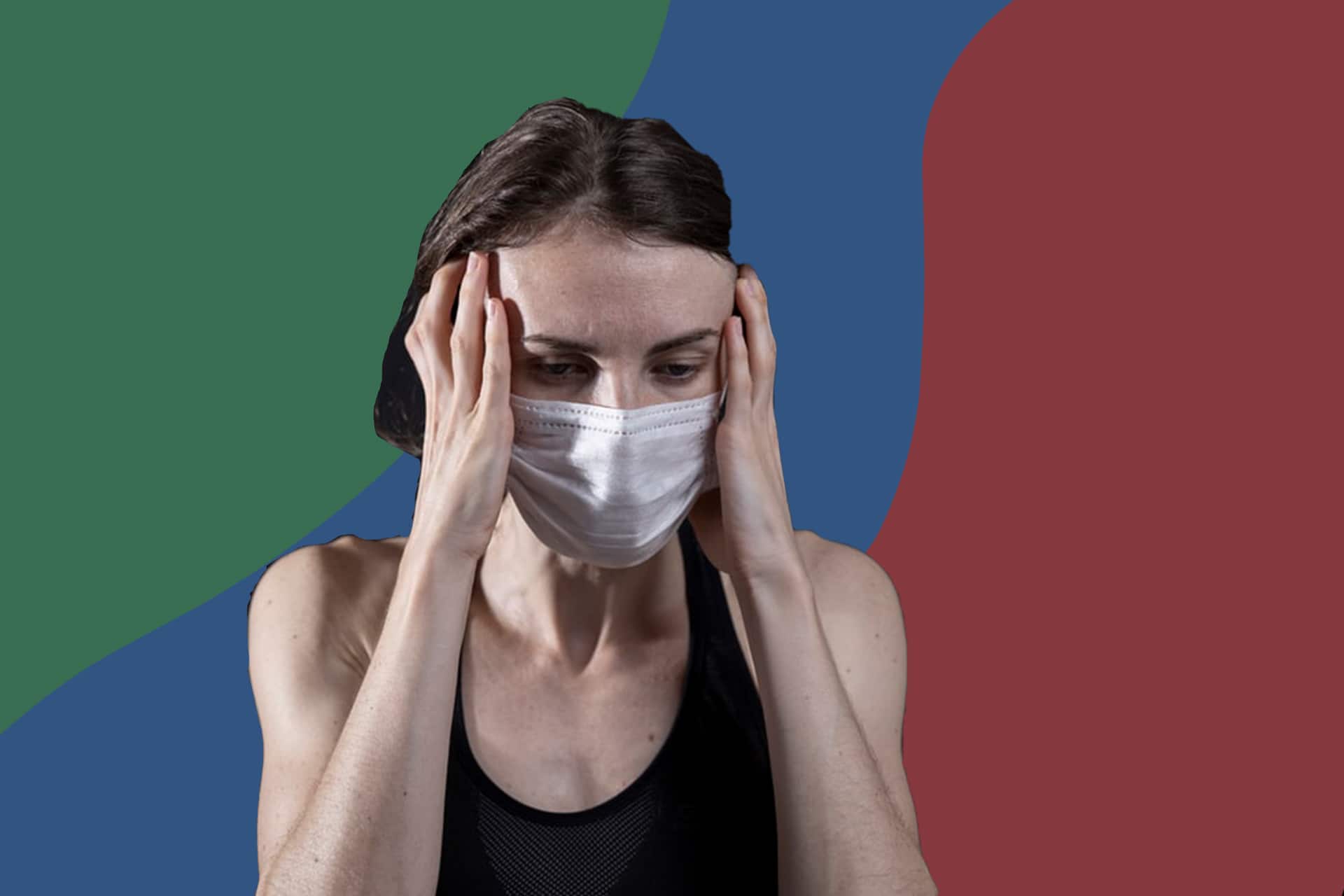

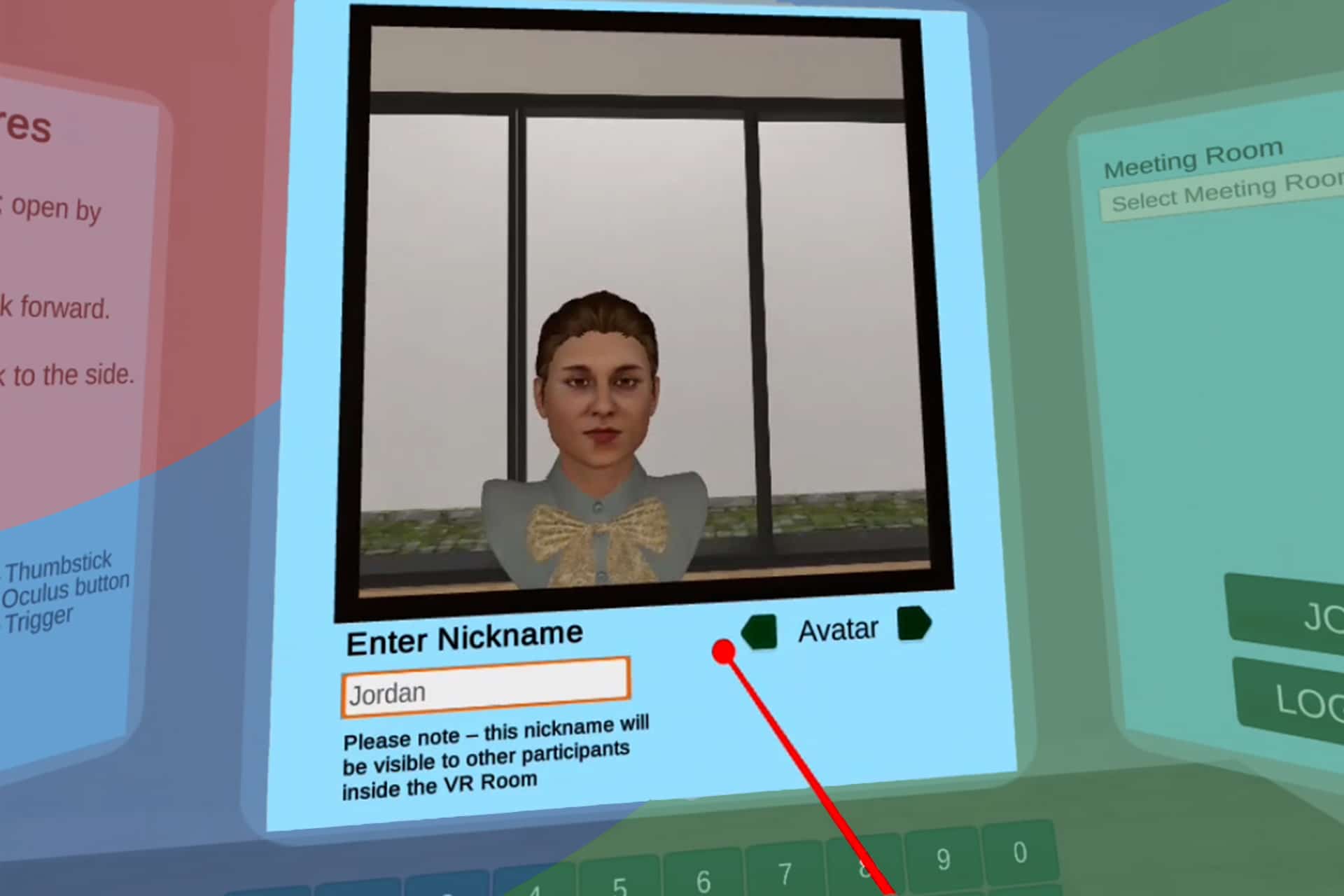
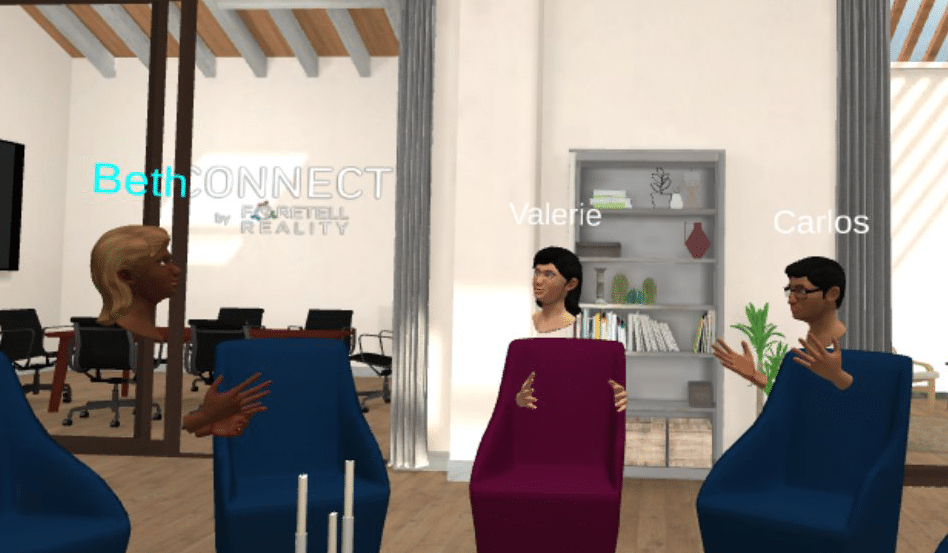









Recent Comments